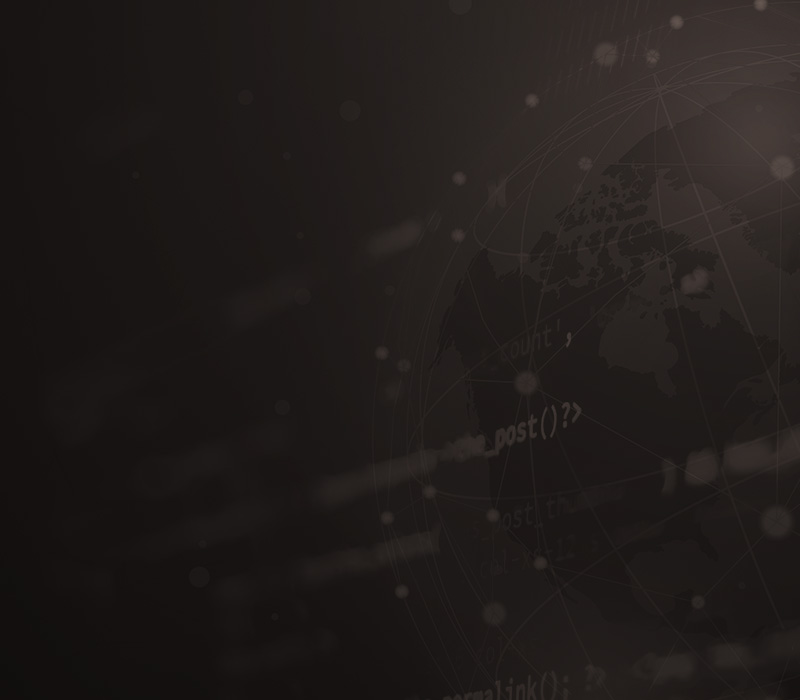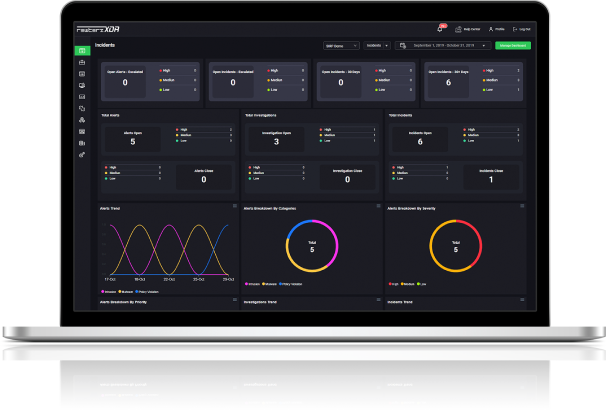

EncryptHub Leverages Windows Zero-Day to Deploy Rhadamanthys and StealC Malware – Active IOCs
March 26, 2025
Lumma Stealer Malware aka LummaC – Active IOCs
March 26, 2025
EncryptHub Leverages Windows Zero-Day to Deploy Rhadamanthys and StealC Malware – Active IOCs
March 26, 2025
Lumma Stealer Malware aka LummaC – Active IOCs
March 26, 2025Severity
Medium
Analysis Summary
FormBook is an infostealer malware that was first identified in 2016. It tracks and monitors keystrokes, finds and accesses files, takes screenshots, harvests passwords from various browsers, drops files, and downloads, and executes stealthier malware in response to orders from a command-and-control server (C2).
Formbook is known for its versatility, as it can be customized to target specific systems or applications. It is also designed to evade detection by security software, using techniques such as code obfuscation and encryption.
It disguises its original payload and injects itself into legitimate processes to avoid detection and complicate the removal process. The cybercriminals behind these email campaigns used a variety of distribution techniques to deliver this malware, including PDFs, Office Documents, ZIP, RAR, etc. This malware was used by cyber threat actors to attack Ukrainian targets in 2022 during the conflict between Russia and Ukraine. Currently, it is believed that the virus known as XLoader is Formbook's successor.
To protect against Formbook and other malware, it is important to keep software up-to-date, use strong passwords, and be cautious when downloading software or opening email attachments. Antivirus and anti-malware software can also help detect and remove Formbook infections.
Impact
- Credential Theft
- Data Theft
- Keystroke Logging
Indicators of Compromise
MD5
2150ba9a943c44b93db00c55213fec13
c6728d89fe5cb596ec5bea578f489129
32dbb7669438400f51ed91710eb8fed3
7e45d87c02e2f5736fb0bf91f0b5b71f
SHA-256
3ac83d503d5070b41af2a13eb4737f8213fa6c73f06ef1b914d37ddb8120ebab
4c568ae67871a4cf93a1ebc14d2e9c66e717429859a721a93a596cc9c781fe96
40bac4d7a3d72feea105749b6378439429e1757df67ebc8414124f8b4540d997
edf37e0bd0e1f17910a8d4a30b8e1991ac38dc00bce926262309d1d061e981fd
SHA1
c9c7e80da4ddd78d950b240ff91f6060ba7d6a3a
14b08afec8ec92cc8e359c747f9107f0fb7b01a1
4379882fe291b13a7f7be27ea656566d89231641
2dc0d91ed8524b8895483e1cfb2ac7e943ae0fce
Remediation
- Block all threat indicators at your respective controls.
- Search for indicators of compromise (IOCs) in your environment utilizing your respective security controls.
- Enable two-factor authentication (2FA) on your accounts adds an extra layer of security and can help prevent unauthorized access even if your login credentials have been stolen.
- Regularly backing up your important data can help ensure that you don't lose any critical information in the event of a malware infection or other data loss event.
- Be wary of emails, attachments, and links from unknown sources. Also, avoid downloading software from untrusted sources or clicking on suspicious ads or pop-ups.
- Make sure all of your software, including your operating system and applications, is up-to-date with the latest security patches. This can help prevent vulnerabilities that could be exploited by malware.








